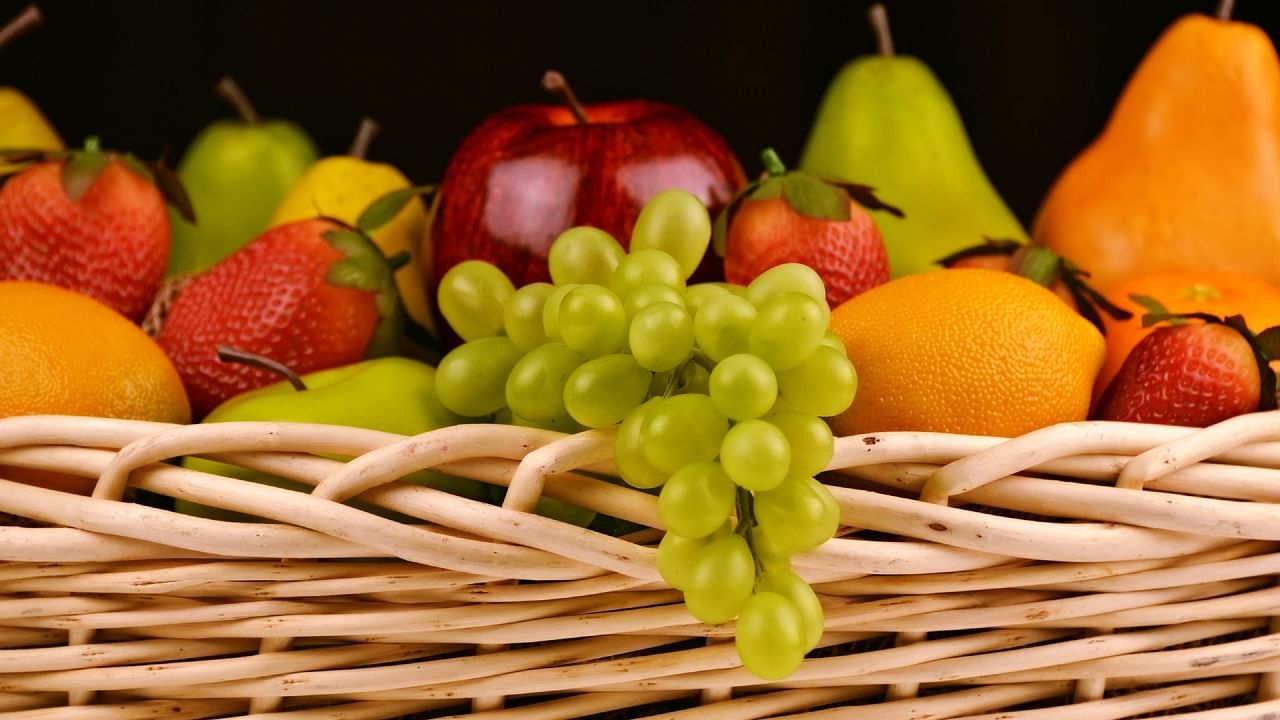
The Indian Institute of Technology-Jodhpur has successfully created and demonstrated a cost-effective and highly-sensitive tactile pressure sensor for detecting fruit ripeness.
The sensor utilises nanoneedle textured PDMS (Polydimethylsiloxane) as the dielectric layer and is lithography-free, allowing flexible and large-scale fabrication.
The team of researchers characterised the sensitivity and hysterics response of the capacitive tactile sensor and examined its transient response. By measuring the elastic modulus and capacitance, the researchers were able to demonstrate ripeness assessment for different types of tomatoes.
Dr Ajay Agarwal, Professor and Head, Department of Electrical Engineering, IIT Jodhpur along with the researchers from IIT Delhi, and CSIR-CEERI, Pilani published this paper in IEEE Sensor Journals.
“The development of the highly-sensitive tactile pressure sensor and its integration with a robotic system has the potential to revolutionise the way in which high-value fruits are sorted today. This innovative technology offers a cost-effective solution for accurate and reliable fruit ripeness detection during harvesting and transportation, enabling high-throughput sorting of fruits based on their quality and ripeness,” said Dr Agarwal.
In horticulture, monitoring fruit ripeness is essential to maintain the freshness and quality of fruits. Various microsensors have been developed for fruit sorting and ripeness detection. For instance, some devices rely on chemical analysis of sugar and starch content while others use electrochemical sensing, image processing, electronic noise, and tactile sensing methods. However, chemical analysis is destructive and not applicable at all stages of ripeness while electrochemical sensing requires expensive equipment. Image processing for ripeness detection is limited to specific fruit families, and changes in colour are not reliable indicators of ripeness for some fruits such as kiwis, mangoes, and blueberries.
According to him, the implementation of this system can have a significant impact on the fruit industry, improving efficiency, reducing waste, and increasing the shelf life and overall quality of exported fruits.
The developed sensor is capable of sorting fruits as per their ripeness and hence, by integrating the newly developed sensor with a robotic arm, it will be possible to create a high-throughput system that can effectively sort fruits based on their ripeness and quality during the plucking or transportation stages. This cost-effective system will be particularly useful for exporting high-value fruits over long distances.